Can you have more than 150 friends? Yesterday, millions watched worldwide as the stars of hit sitcom Friends returned to the small screen. But just how many friends is the perfect number? It was the moment fans around the world had been waiting for. Nearly two decades after the last episode aired, Phoebe, Ross, Rachel, Monica, Chandler and Joey were finally reunited, sipping coffee on the sofa in Monica’s New York City apartment. There was just one difference. This time, the Friends stars were not in character. For once, the six actors played themselves, reminiscing about the sitcom’s most memorable moments alongside a dazzling list of celebrity guests, including David Beckham and Justin Bieber. Even Malala Yousafzai made a brief appearance. For British journalist Emily Baker, watching yesterday’s reunion special was an emotional experience. “There were the six friends I know and love as much as my own pals, laughing and joking as usual,” she wrote. “It felt like coming home.” In the US, the show’s return was so hotly anticipated that streaming service HBO’s app crashed within minutes of the episode’s release. The iconic group of New Yorkers are not the only friends reuniting this week. Today, as the lockdown eases and the weather improves, millions of people across England are making plans to meet in groups of 30 to celebrate the May bank holiday. For many, seeing friends again after months of isolation is crucial. Studies show that friendship is linked to both happiness and health. People with strong support networks are more likely to survive a stroke and even a heart attack. But how many friends can one person have? In 1993, an Oxford University professor named Robin Dunbar set out to answer that question. To do so, Dunbar studied the brains of monkeys and apes. He discovered that the size of an ape’s neocortex correlated with the size of the social group they live in. As humans have bigger neocortices than apes, Dunbar concluded that the ideal human group size would also be larger – roughly 150 people. Most people, Dunbar theorised, have five close friends. After that, they have 15 good friends, 50 moderate friends and 150 meaningful contacts – the kind of people they could bump into at an airport without feeling awkward. For Dunbar, this theory made perfect sense. In 1086, the average village recorded in the Domesday Book contained 160 people. Today, most fighting units in modern armies are made up of 130 to 150 people. But not everyone agreed with Dunbar’s number. Two American anthropologists suggested an alternative maximum of 290 friends, based on studies of US social networks. Now, a group of Swedish researchers say they have debunked Dunbar’s number for good. The scientists repeated Dunbar’s research with updated data and methods. Earlier this month, they concluded that the size of the neocortex is irrelevant. If you put in enough effort, you can have more than 150 friends. For Johan Lind, the implications are clear: “We can learn thousands of digits of pi, and if we engage with lots of people, then we will become better at having relationships with lots of people.” Can you have more than 150 friends? Friends reunited Of course, say some. The Swedish researchers are right. Dunbar’s number is outdated. Social media has revolutionised the way we communicate. In the digital world, it is easier than ever before to stay connected to hundreds of people. And it is ridiculous to have a “one size fits all” model for friendship – the most extroverted can easily name more than 150 friends. Definitely not, say others. As Robin Dunbar himself argues, the new analysis by the Stockholm scientists is “absolutely bonkers”. The connections we have on social media sites such as Facebook or Twitter are not true “meaningful contacts”. It is definitely possible to know more than 150 people, but it is not feasible to maintain an intimate friendship with all of them. KeywordsMalala Yousafzai - A 23-year-old Pakistani activist for female education and the youngest person ever to win the Nobel Peace Prize.
Can you have more than 150 friends? Yesterday, millions watched worldwide as the stars of hit sitcom Friends returned to the small screen. But just how many friends is the perfect number?
Friends reunited
Keywords
Malala Yousafzai - A 23-year-old Pakistani activist for female education and the youngest person ever to win the Nobel Peace Prize.
Pi - A number equal to the ratio of a circle's circumference to its diameter. In every circle, this number comes out at approximately 3.14159, although its decimals technically never end.
The one where the Friends are together again

Glossary
Malala Yousafzai - A 23-year-old Pakistani activist for female education and the youngest person ever to win the Nobel Peace Prize.
Pi - A number equal to the ratio of a circle’s circumference to its diameter. In every circle, this number comes out at approximately 3.14159, although its decimals technically never end.
